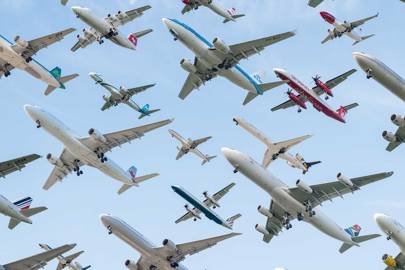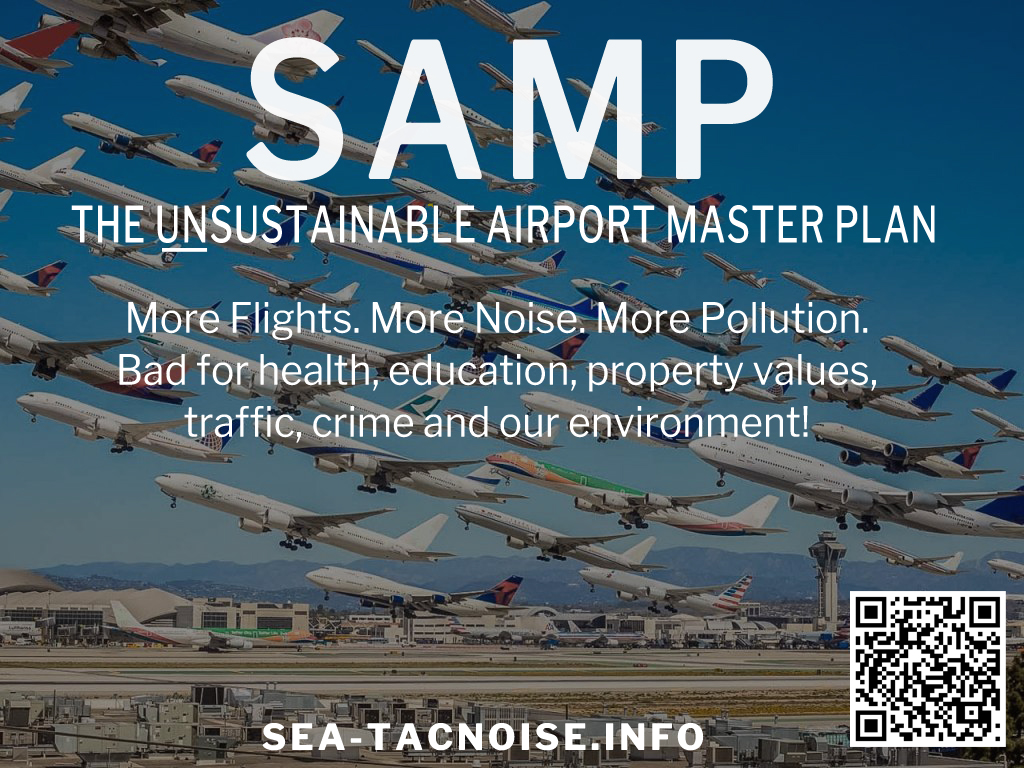
If you’ve ever flown into or out of a London airport, you know how full Britain’s airspace is. Air traffic controllers handle 2.2 million flights a year, and the number is expected to rise further. By 2030, there’ll be 3.1 million planes flying in and out of Britain each year, plus a phalanx of unmanned aircraft and commercial drones. Without action, Britain’s already busy airspace could quickly become a mid-air parking lot for planes circling aimlessly, waiting for their landing slot.
That’s the challenge facing Louisa Smith, head of research and development at the National Air Traffic Services, or NATS. Smith, 34, is redesigning Britain’s skies. She oversees a team of 22 people with science, engineering and maths backgrounds, eking out split-second time savings to free up the extra capacity needed to handle a soaring number of flights. “When you consider the overall mission, it’s a huge undertaking,” she says. Smith is used to working in high stakes environments: before moving to NATS in 2011, she served in the Royal Air Force as an air traffic control officer, working in the UK and the Falklands.
About 475,000 planes pass through Heathrow Airport every year – just 5,000 short of its mandated capacity, set when planning permission was granted in 2001 for the airport’s Terminal 5. A plane pulls up off or lands on the tarmac there every 45 seconds. When flights slip from their schedules, chaos can ensue – keeping planes looping above the airport, or standing idle. “We need to modernise our airspace and enhance the technology to make sure we can deal with any increases,” says Smith.
To do that, NATS has developed a new system for ensuring a small but safe gap between flight movements, called time-based separation (TBS). The previous system calculated physical distance between planes landing, so subsequent flights didn’t get caught up in vortices created by an aircraft’s wake. TBS allows planes to bunch closer together in strong headwinds while maintaining a safe distance. That distance appears as a physical marker on air traffic controllers’ displays, indicating the safest minimum time between landings, which constantly changes as the environment does.
“Imagine walking up a hill,” Smith says. “You need more time and energy [than you would walking on flat ground]. TBS takes into account the headwind, making it more efficient.”
The system, first introduced in 2015 after being tested via computer modelling, freed up time for an extra 0.8 landings per hour in all wind conditions – and 2.6 extra landings an hour when the headwind was greater than 20 knots. In all, planes spent nearly 2,000 fewer hours circling the skies above Heathrow after TBS was introduced. This year, a new version of the TBS system, enhanced time-based separation (eTBS), has been introduced at Heathrow, and will allow an extra two or three landings every hour by increasing the number of variables it uses to calculate a safe gap between landings. Even with plans for a third Heathrow runway approved by MPs, Smith’s job won’t change: if anything, the number of flights to handle will increase.
Right now, Smith and her team are focused on fine-tuning eTBS, tweaking the model to differentiate between 96 different class of planes, rather than the current six, ensuring the model can be tailored more finely and reduce time without any plane movements. That’ll allow them to squeeze in more landings in the same amount of time.
Constantly thinking about such innovations is vital, says Smith, to keep our ever-busier skies clear and smoothly running. “We can’t wait to react, we need to be on the front foot,” she says. After all, she only has 78 million passengers flying through Heathrow every year to answer to.

